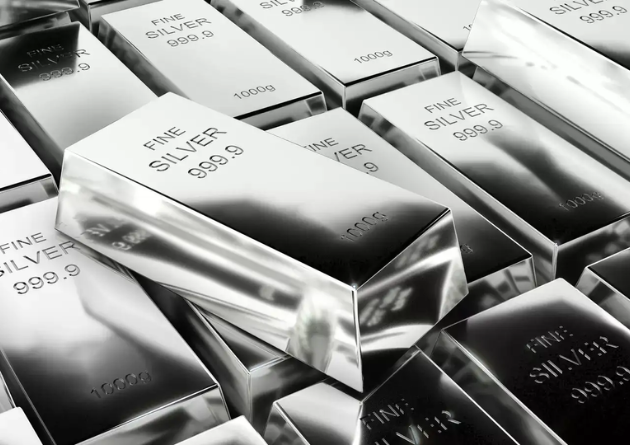XAG/USD near 14-Year Highs: Silver Prices Supported by Fed Policy Expectations and Safe-Haven Demand
- rabeelrana

Silver (XAG/USD) recovered earlier losses, trading around $44.10 per troy ounce. The precious metal remains close to a 14-year high of $44.47, supported by expectations that the US Federal Reserve will deliver a 25-basis-point rate cut at its October policy meeting. According to the CME FedWatch Tool, markets are pricing in a 93% probability of such a move, up from 90% a day earlier. Investors now await the release of key US data, including second-quarter Gross Domestic Product (GDP) and the Personal Consumption Expenditures (PCE) Price Index the Fed’s preferred measure of inflation.
Safe-haven demand continues to underpin silver amid heightened geopolitical tensions. NATO has pledged a “robust” response to recent Russian airspace violations, while President Trump warned at the United Nations General Assembly that Washington is prepared to impose a “very strong round of powerful tariffs” should Moscow refuse to end its war in Ukraine. Such developments have bolstered silver’s appeal as a hedge against geopolitical risk and economic uncertainty.
Fundamental factors also provide strong support for the metal. Tight supply conditions, coupled with sustained industrial demand from the solar, electric vehicle (EV), and electronics sectors, are contributing to elevated prices. India’s silver imports are expected to rise in the coming months, further absorbing last year’s surplus and reinforcing the bullish outlook.
Looking ahead, analysts note that silver’s trajectory will hinge on the interplay between monetary policy expectations and global demand dynamics. A softer PCE reading could strengthen the case for a Fed rate cut, potentially driving silver higher, while a stronger-than-expected inflation print may temper dovish expectations and weigh on the rally. Nonetheless, with industrial demand expanding and geopolitical risks persisting, silver appears well positioned to remain resilient in the near term.
In addition, market participants are increasingly comparing silver’s performance with that of gold, noting that silver’s dual role as both a precious and industrial metal gives it a unique advantage in the current environment. While gold has also benefited from safe-haven inflows, silver’s demand from clean energy initiatives and advanced technology sectors may allow it to outperform over the medium term, particularly if supply constraints tighten further.
